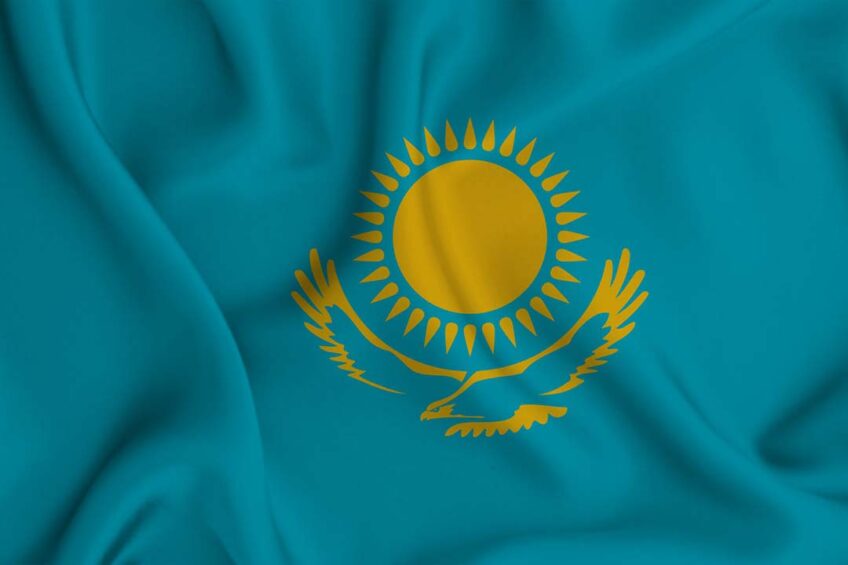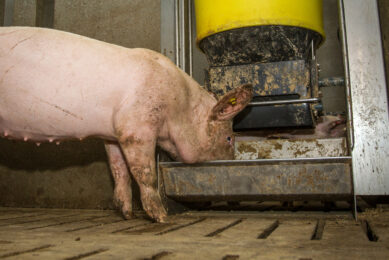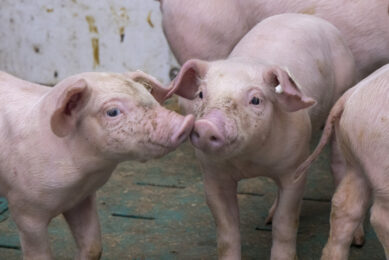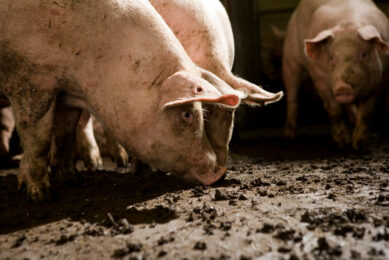Kazakhstan’s pig population keeps shrinking

At the end of 2023, statistical information indicated that pig farms in Kazakhstan kept 780,800 pigs. This 3.9% less than in the previous year. Most pork in the country is manufactured in the northern regions, where the share of the Russian minority is the highest.
For instance, in the North-Kazakhstan region, farmers kept 267.000 heads of pigs, in Kostanay – 136,900 heads, and Pavlodar – 110,700 heads.
A shift northward
Over the past decade, pig production in the country has largely shifted northwards, Ruslan Asaubaev, a scholar at North Kazakhstan University, told local news outlet Inbusiness.
In 2003, the pig population exceeded 1.3 million. The leader, with 244,000 pigs, was the Kostanay region. Akmola held the second position in the list of largest pork production regions, with 222,000 pigs, while the North Kazakhstan region was ranked third, with 202,500 heads.
At that time, Asaubaev recalled, pig farming was widespread in the country, even in the most southern regions: in Almaty, farmers kept 131,000 heads of pigs.
Business first
Pork in Kazakhstan is primarily consumed by Russian minorities, while the Kazakh majority, predominantly Muslim, has been increasingly refraining from bringing it to their tables.
However, Asaubaev warned against linking the production dynamics of recent years with changing consumer habits.
“These changes should be perceived not only from the point of view of who eats pork and who doesn’t. This is, first of all, a business. Most likely, pig farming has become established in grain-growing regions with a sufficient feed supply,” Asaubaev assumed.
However, the proximity to potential consumers is an essential factor, as most pork in Kazakhstan is still consumed within the country, he added. Exports, upon which farms laid huge hopes in the previous years, remain miserable, according to Asaubaev.
An Indian model
Kazakhstan can export nearly 300,000 tonnes of pork per year, worth US$1 billion, the Kazakh Union of pig farms estimated in 2022. The organisation expressed an opinion that in the future, the country could embark on an Indian model of beef industry development. Although, in Indian culture, cow is a sacred animal, the country has become the world’s largest beef exporter.
In a similar way, Kazakhstan could ramp up pork exports, though pork consumption is prohibited by the country’s dominant religion, according to the Union of pig farms.
Pig farmers in Kazakhstan have repeatedly complained about administrative pressure on their businesses. In addition, media personalities have consistently criticised the state’s support for pork producers.











